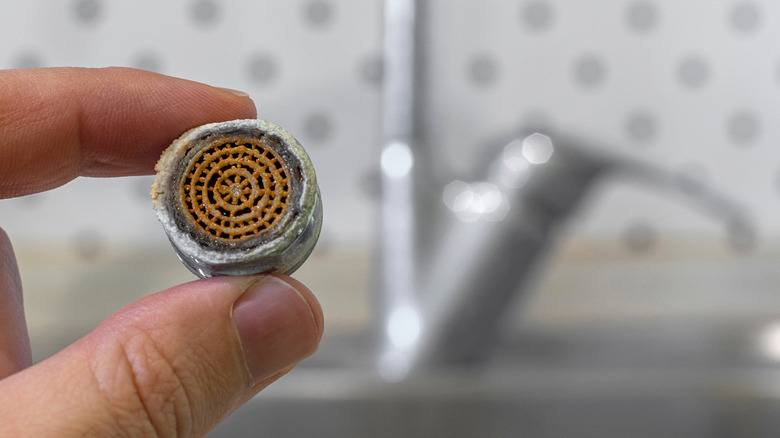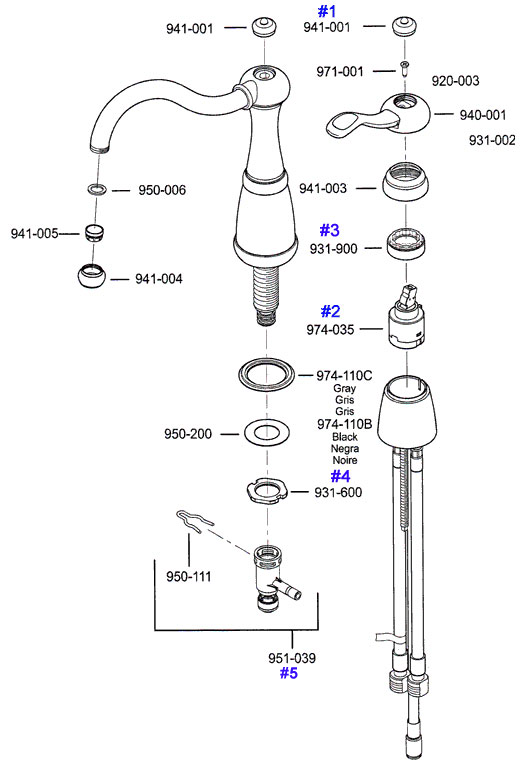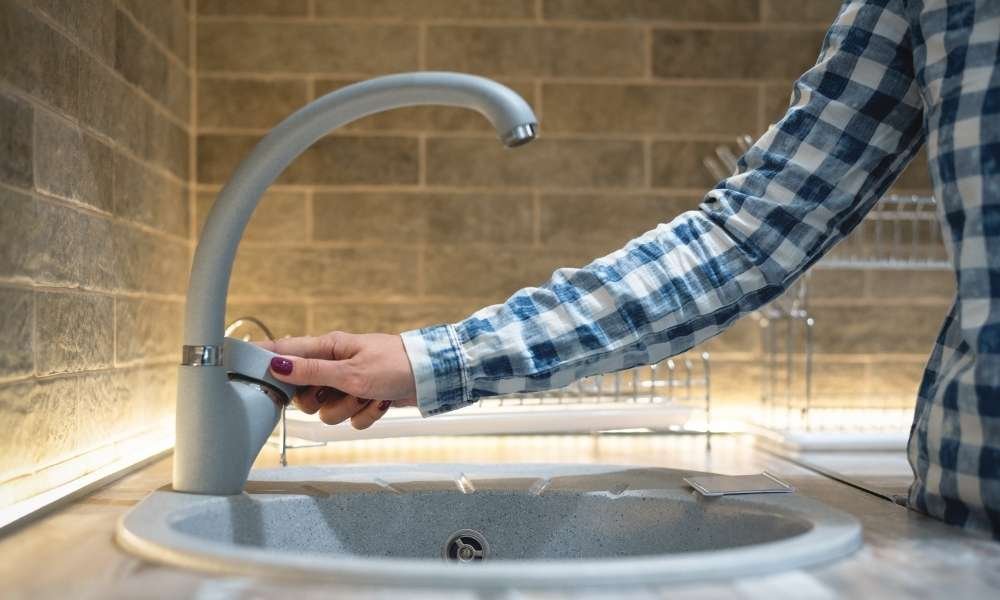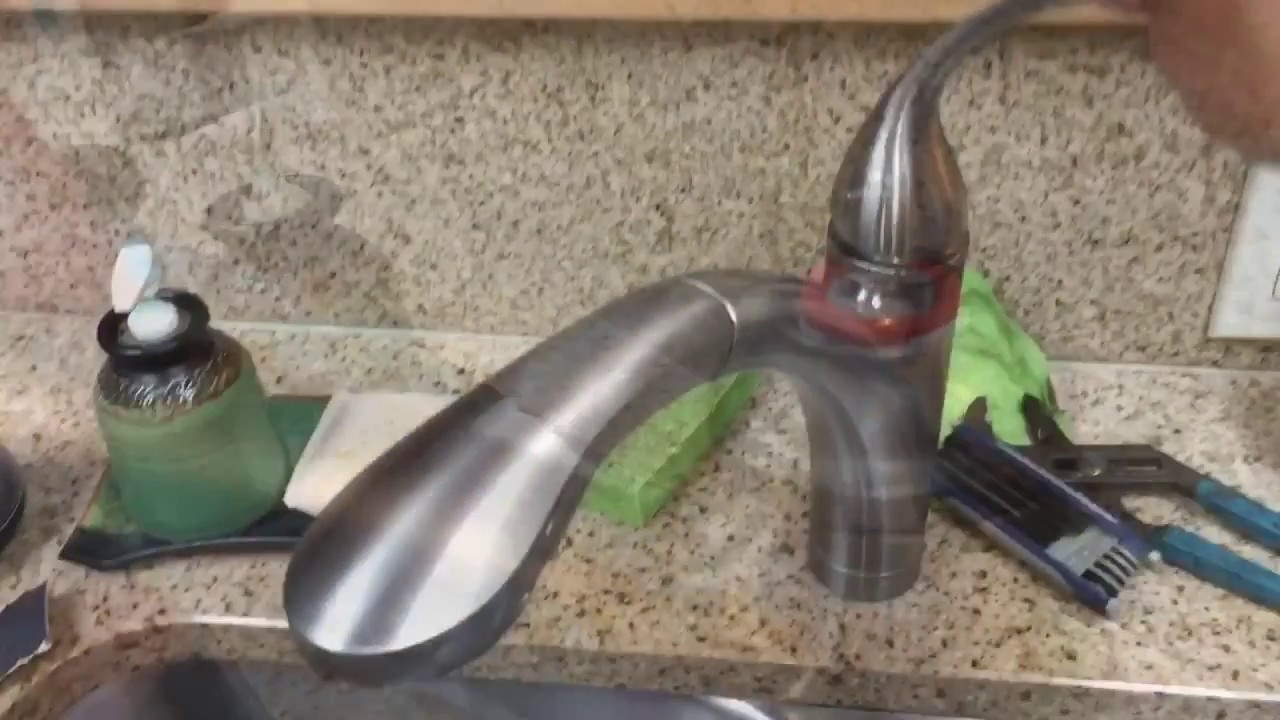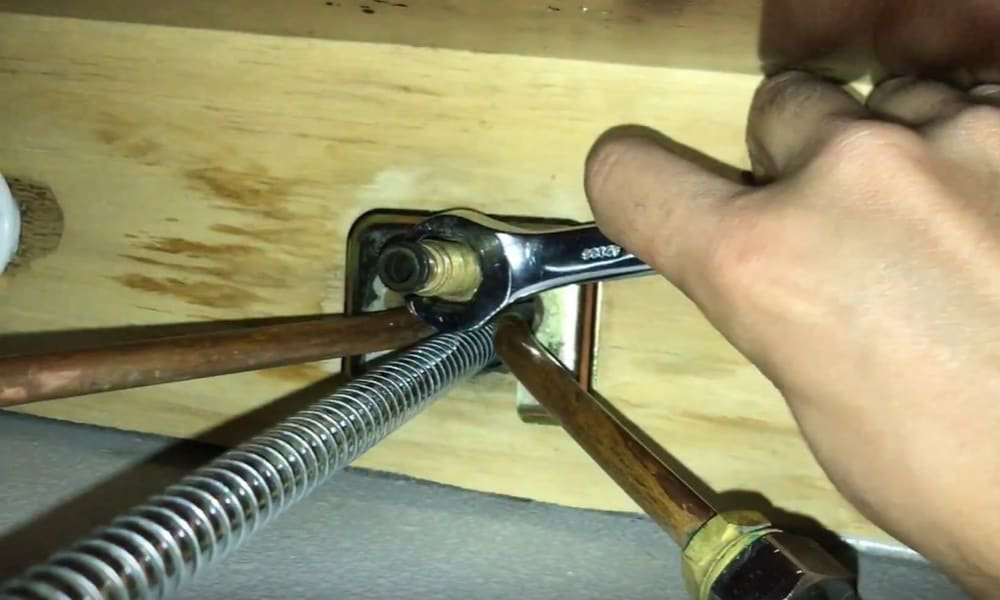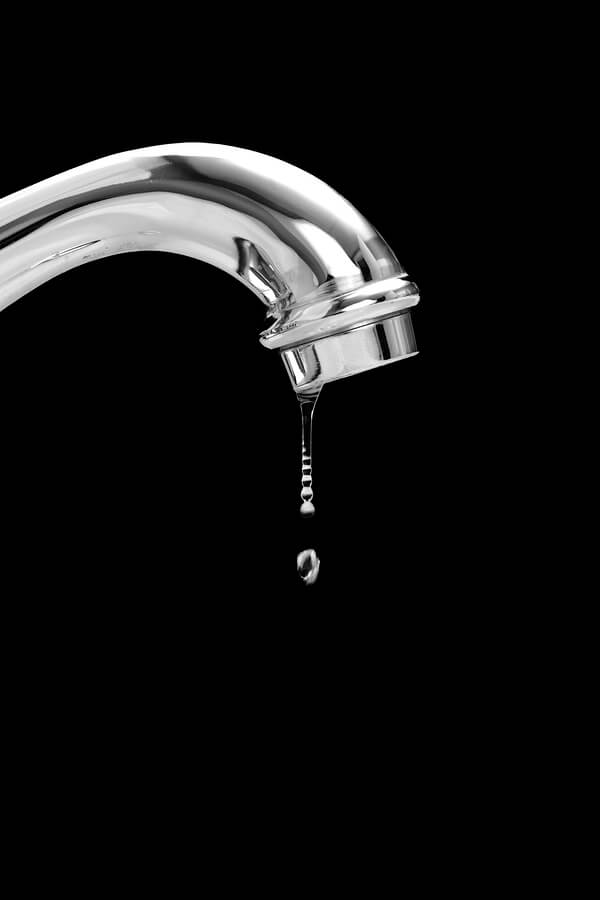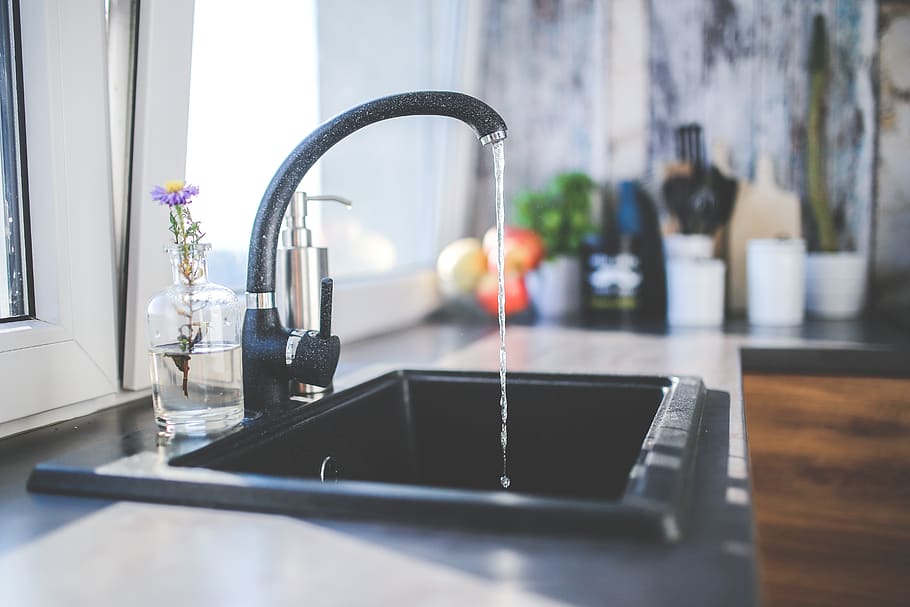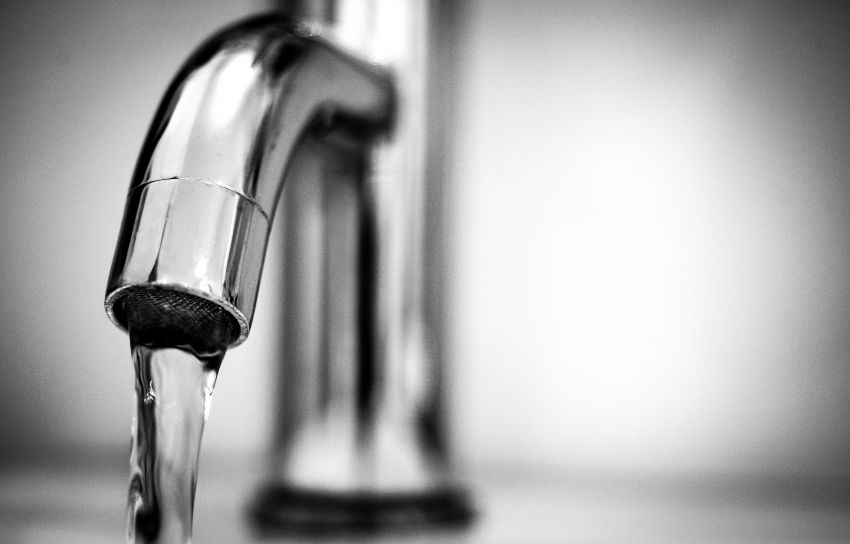Is your kitchen sink faucet becoming increasingly difficult to move? This can be a frustrating problem to deal with, especially when you're trying to wash dishes or fill up a pot with water. Fortunately, there are some simple steps you can take to fix a kitchen sink faucet that is hard to move. In this article, we'll discuss the common causes of this issue and provide you with some tips on how to loosen a stuck kitchen faucet.
How to Fix a Kitchen Sink Faucet That is Hard to Move
Before we get into the specifics, it's important to identify the type of faucet you have. There are two main types of kitchen sink faucets – compression and cartridge. A compression faucet has two handles, one for hot water and one for cold water, and requires you to tighten or loosen the handles to turn the water on and off. A cartridge faucet, on the other hand, has a single handle that moves up and down to control the water flow and left and right to adjust the temperature. Knowing which type of faucet you have will help you troubleshoot the issue more effectively.
How to Loosen a Stuck Kitchen Faucet
One of the most common causes of a stiff kitchen faucet is mineral buildup. Over time, minerals and debris can accumulate in the faucet, causing it to become clogged and difficult to move. Another possible cause is a worn-out faucet cartridge or stem, which can also impede the movement of the faucet handle. Additionally, hard water can cause corrosion and rust, making the faucet harder to move.
Common Causes of a Stiff Kitchen Faucet
If you suspect mineral buildup is the culprit, the first step is to try lubricating the faucet. Start by turning off the water supply to the faucet. Then, remove the handle and apply a small amount of lubricant, such as WD-40, to the faucet stem or cartridge. Use a clean cloth to wipe away any excess lubricant and then try moving the faucet handle back and forth to see if it has loosened up. If this doesn't work, you may need to clean or replace the cartridge or stem.
How to Lubricate a Kitchen Faucet
If lubricating the faucet doesn't solve the problem, you may need to replace the cartridge. This process will vary depending on the type of faucet you have, so be sure to consult the manufacturer's instructions. In general, you'll need to turn off the water supply, remove the handle, and then remove the cartridge using a wrench or pliers. Take the old cartridge with you to the hardware store to ensure you get the right replacement. Follow the instructions to install the new cartridge and then test the faucet to see if it moves more easily.
Replacing a Kitchen Faucet Cartridge
Another possible cause of a stiff kitchen faucet is high water pressure. If your faucet is experiencing increased pressure, it can cause the handle to become difficult to move. The solution is to adjust the water pressure using the pressure regulator located near your home's main water supply valve. Consult a professional plumber if you are unsure how to do this to avoid causing any damage to your plumbing system.
Adjusting the Water Pressure on a Kitchen Faucet
In some cases, a clogged aerator can also make your kitchen sink faucet hard to move. The aerator is the small mesh screen located at the end of the faucet spout. Over time, debris and sediment can build up in the aerator, restricting water flow and causing the faucet handle to become stiff. To clean the aerator, unscrew it from the faucet using pliers and then use a toothbrush to scrub away any buildup. Rinse it with water and then reattach it to the faucet.
How to Clean a Clogged Kitchen Faucet Aerator
If your faucet handle is damaged or broken, it may need to be replaced. Again, this process will vary depending on the type of faucet you have, so follow the manufacturer's instructions carefully. In general, you'll need to start by turning off the water supply to the faucet. Then, remove the handle using a screwdriver and replace it with a new one. Make sure to tighten all screws and fittings securely to avoid any leaks.
Replacing a Kitchen Faucet Handle
On the other hand, if your faucet handle is loose, it can also make it hard to move. To fix this issue, you'll need to tighten the handle's mounting nut. To do this, turn off the water supply and then remove the handle using a screwdriver. Use an adjustable wrench to tighten the mounting nut and then reattach the handle. Test the faucet to see if it is now easier to move.
How to Tighten a Loose Kitchen Faucet
If you've tried all of the above solutions and your kitchen sink faucet is still hard to move, it may be time to replace it. Some signs that you need a new faucet include excessive corrosion, frequent leaks, and a noticeable decrease in water pressure. When purchasing a new faucet, make sure to choose one that is high-quality and suits your needs and preferences. If you're not confident in your plumbing skills, it's best to hire a professional to install the new faucet for you.
Signs You Need to Replace Your Kitchen Faucet
Why Your Kitchen Sink Faucet May Be Difficult to Move

Possible Causes of a Stiff Faucet
 If you've noticed that your kitchen sink faucet is becoming increasingly difficult to move, you may be wondering what could be causing this issue. There are a few potential reasons why your faucet may be hard to move, and it's important to address the problem sooner rather than later to avoid potential further damage.
Mineral Buildup
is a common culprit when it comes to a stiff faucet. Over time, minerals from your tap water can build up inside the faucet, creating a blockage that can make it difficult to move the handle. This is especially common in areas with hard water, which contains a high concentration of minerals. If your faucet has a buildup of minerals, it's important to address it as soon as possible to prevent any further damage.
Another possible cause of a stiff faucet is
corrosion
. If your faucet is made of metal, it can be susceptible to rust and corrosion over time, especially if it's constantly exposed to water. This can cause the internal mechanisms of the faucet to become stuck, making it hard to move the handle. If this is the case, you may need to replace your faucet altogether.
If you've noticed that your kitchen sink faucet is becoming increasingly difficult to move, you may be wondering what could be causing this issue. There are a few potential reasons why your faucet may be hard to move, and it's important to address the problem sooner rather than later to avoid potential further damage.
Mineral Buildup
is a common culprit when it comes to a stiff faucet. Over time, minerals from your tap water can build up inside the faucet, creating a blockage that can make it difficult to move the handle. This is especially common in areas with hard water, which contains a high concentration of minerals. If your faucet has a buildup of minerals, it's important to address it as soon as possible to prevent any further damage.
Another possible cause of a stiff faucet is
corrosion
. If your faucet is made of metal, it can be susceptible to rust and corrosion over time, especially if it's constantly exposed to water. This can cause the internal mechanisms of the faucet to become stuck, making it hard to move the handle. If this is the case, you may need to replace your faucet altogether.
How to Fix a Stiff Faucet
 If you're experiencing a stiff faucet, there are a few steps you can take to try and fix the problem. First, try
cleaning the faucet
to remove any mineral buildup. You can use a vinegar and water solution to soak the faucet and break down any mineral deposits. If this doesn't work, you may need to
replace the cartridge or valve
inside the faucet that is responsible for controlling the water flow. This is a more complex solution that may require the help of a professional plumber.
If you're experiencing a stiff faucet, there are a few steps you can take to try and fix the problem. First, try
cleaning the faucet
to remove any mineral buildup. You can use a vinegar and water solution to soak the faucet and break down any mineral deposits. If this doesn't work, you may need to
replace the cartridge or valve
inside the faucet that is responsible for controlling the water flow. This is a more complex solution that may require the help of a professional plumber.
Preventing Future Faucet Issues
 To avoid dealing with a stiff faucet in the future, it's important to
regularly clean and maintain
your kitchen sink faucet. This includes wiping down the faucet with a soft cloth after each use and using a mild detergent to clean it. You can also install a
water softener
if you have hard water to prevent mineral buildup. Additionally, make sure to
use your faucet handle with care
and avoid forcing it to move if it's already difficult to turn.
In conclusion, a stiff kitchen sink faucet can be a frustrating and inconvenient problem. However, by understanding the possible causes and taking preventative measures, you can keep your faucet functioning smoothly and avoid any potential damage. If you're unsure of how to fix a stiff faucet, it's always best to consult a professional plumber for assistance. Don't let a stiff faucet disrupt your daily routine - take action and keep your kitchen running smoothly.
To avoid dealing with a stiff faucet in the future, it's important to
regularly clean and maintain
your kitchen sink faucet. This includes wiping down the faucet with a soft cloth after each use and using a mild detergent to clean it. You can also install a
water softener
if you have hard water to prevent mineral buildup. Additionally, make sure to
use your faucet handle with care
and avoid forcing it to move if it's already difficult to turn.
In conclusion, a stiff kitchen sink faucet can be a frustrating and inconvenient problem. However, by understanding the possible causes and taking preventative measures, you can keep your faucet functioning smoothly and avoid any potential damage. If you're unsure of how to fix a stiff faucet, it's always best to consult a professional plumber for assistance. Don't let a stiff faucet disrupt your daily routine - take action and keep your kitchen running smoothly.














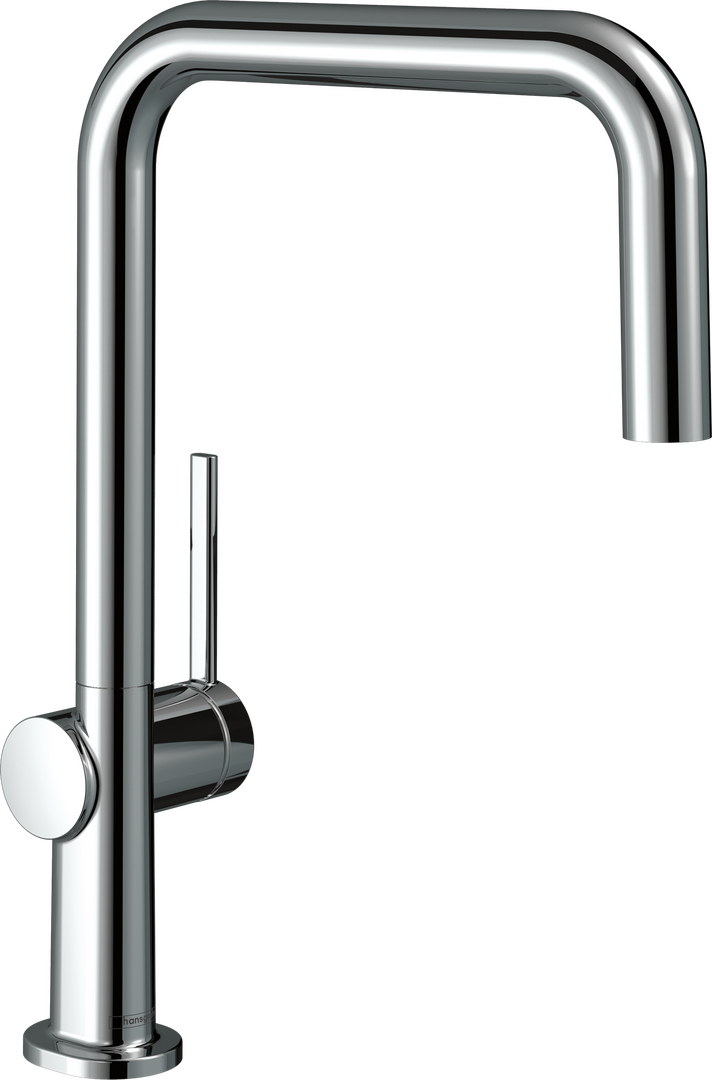



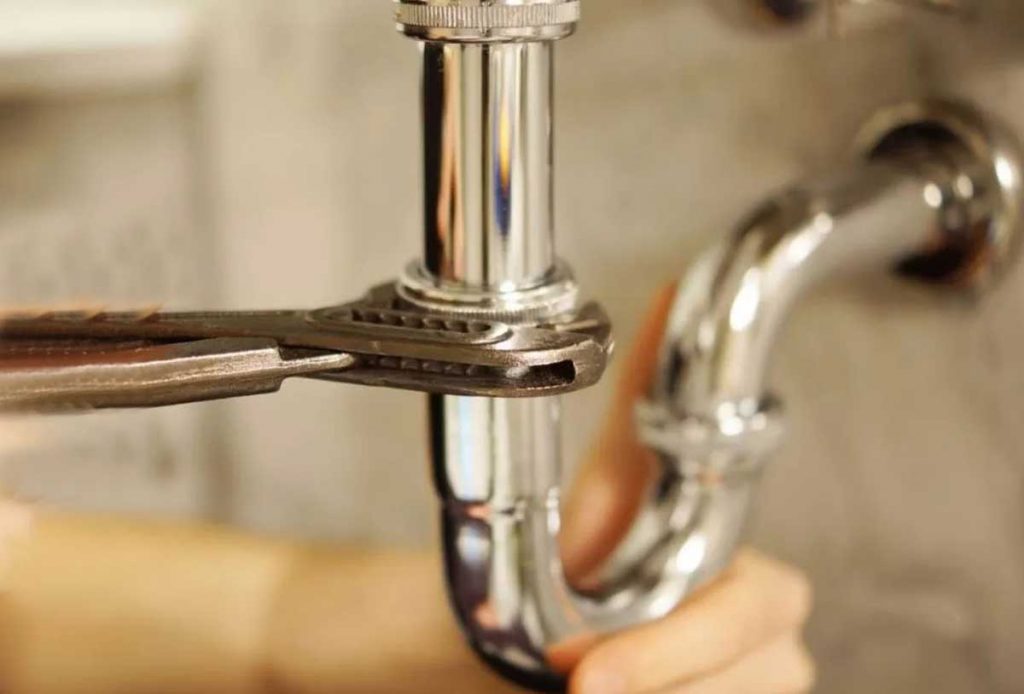

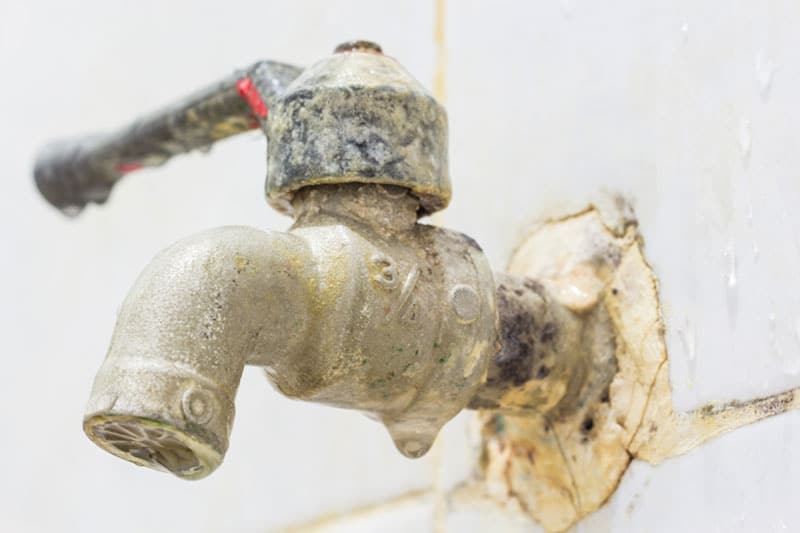

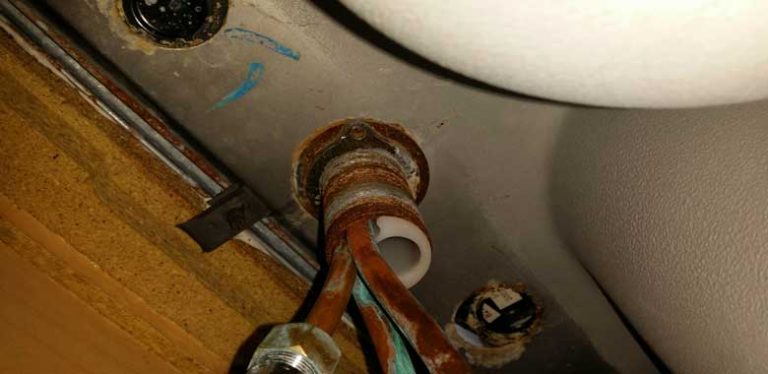

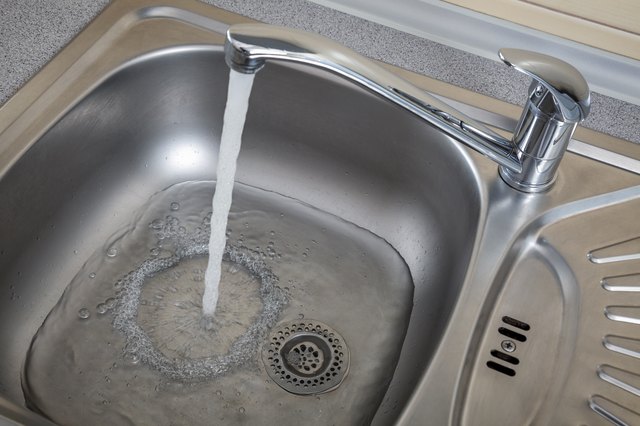





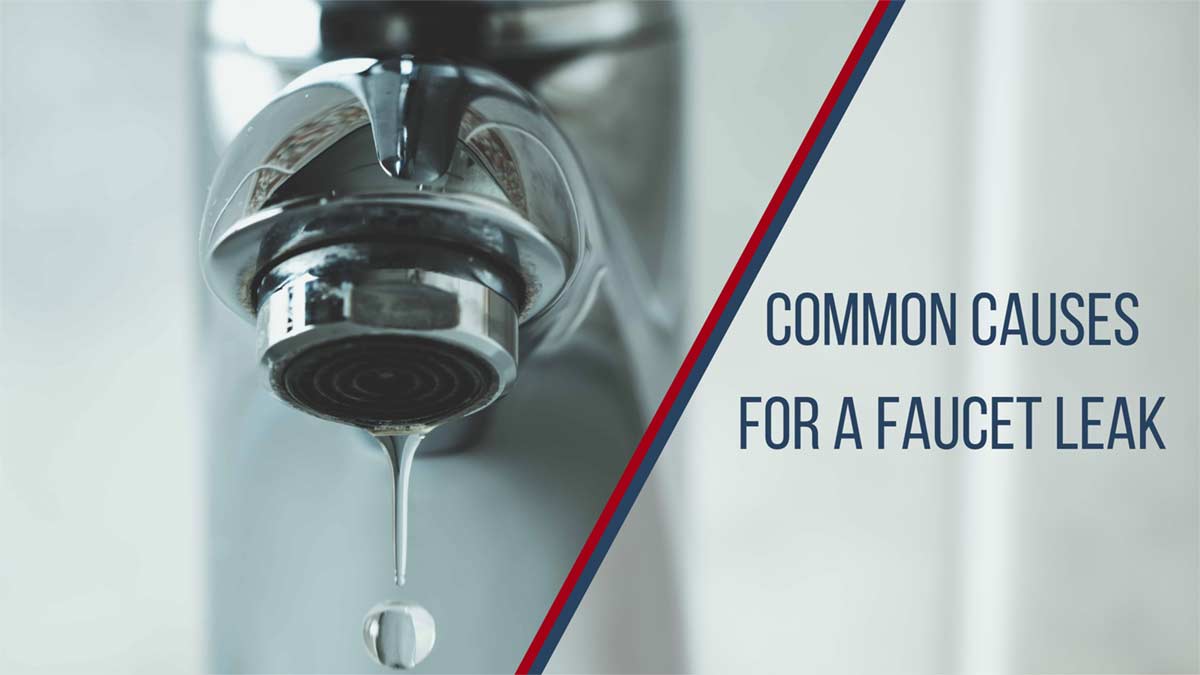






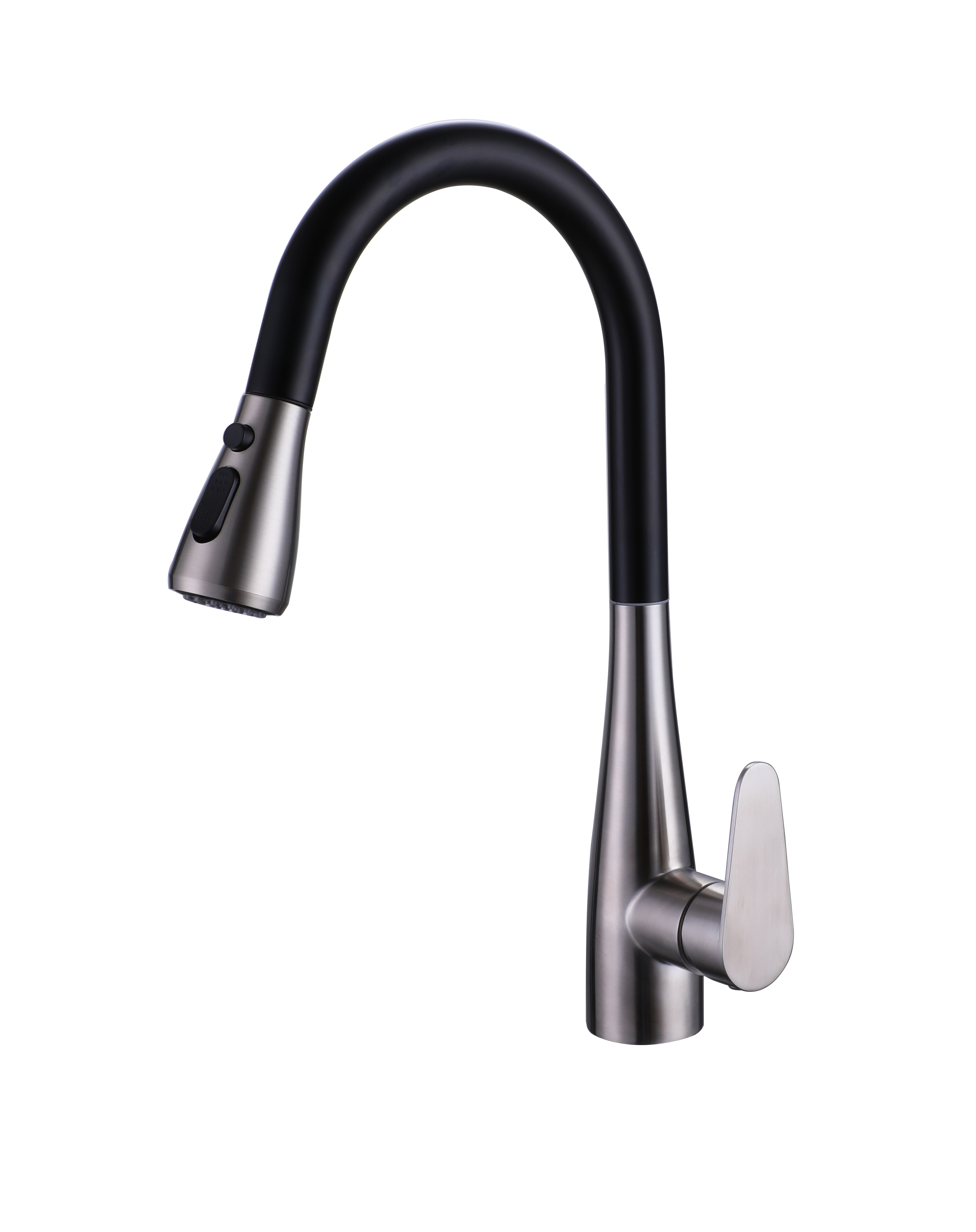






























:max_bytes(150000):strip_icc()/ac4-56a73c595f9b58b7d0e8182e.jpg)

:max_bytes(150000):strip_icc()/clearing-a-blocked-faucet-aerator-2718807-07-b5a90554991f4bb69efb45a472df7f23.jpg)
/RemovingAeratorAssembly-99881d30169b43cebc3fe72f6d4b25b9.jpg)

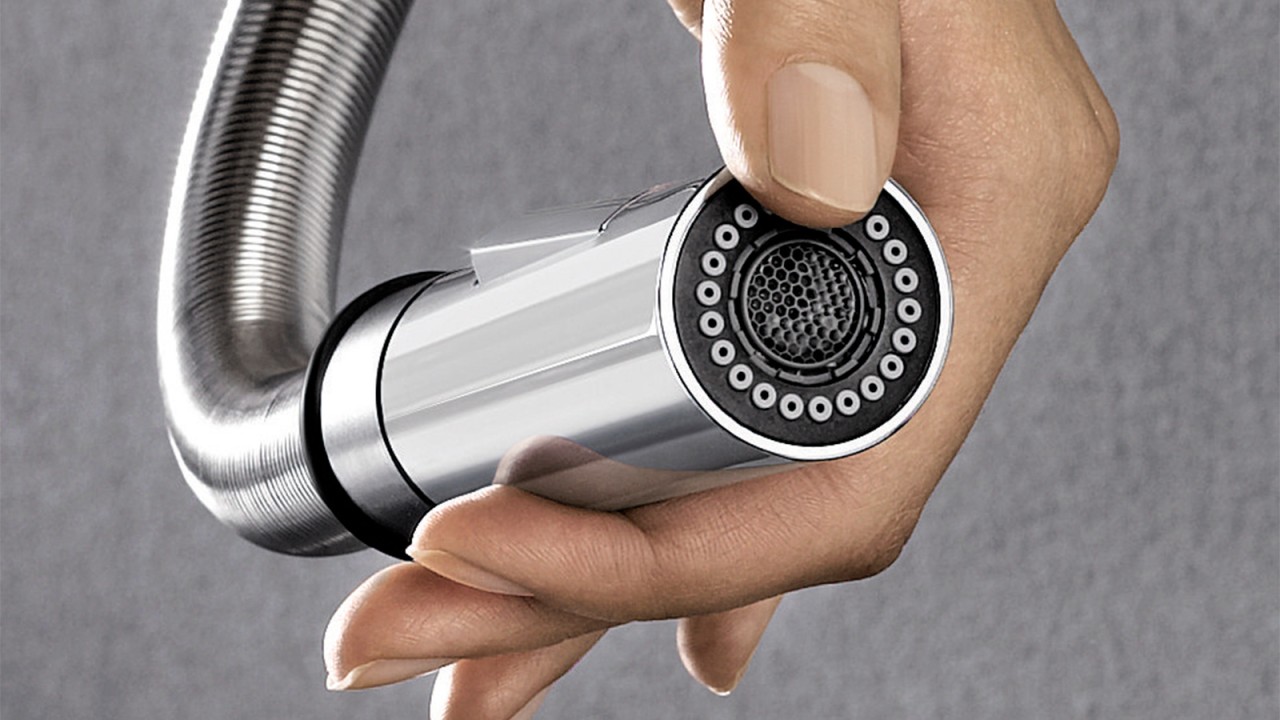
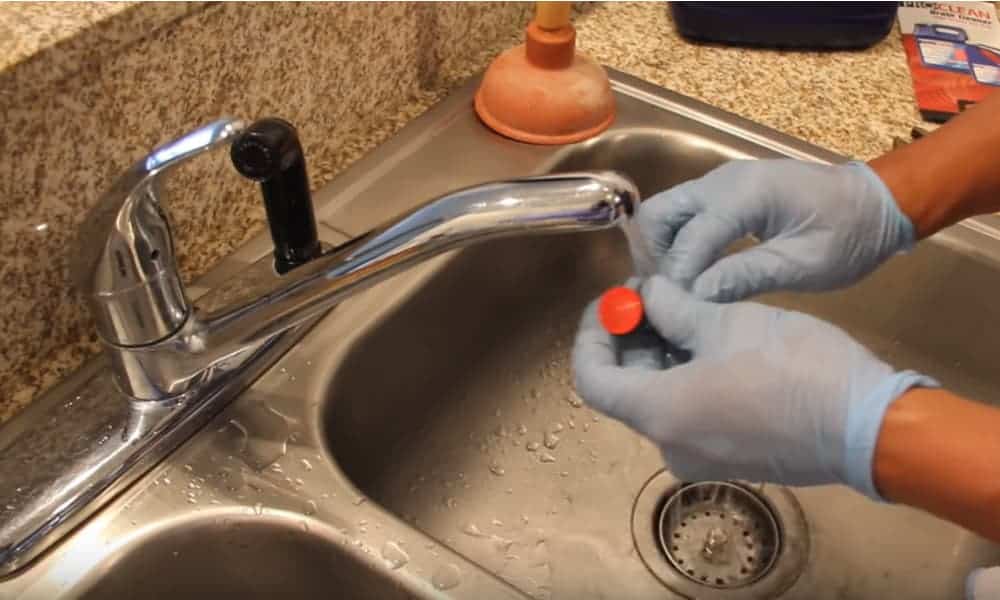
:max_bytes(150000):strip_icc()/removing-a-faucet-aerator-2718836-02-9280a2c1a07f448c9d4f1f1511f84446.jpg)
:max_bytes(150000):strip_icc()/cleaning-the-aerator-from-deposits--the-girl-hand-washes-a-dirty-limestone-aerator-with-water-1126244919-72868100964f42d5aa564a928371fea5.jpg)

